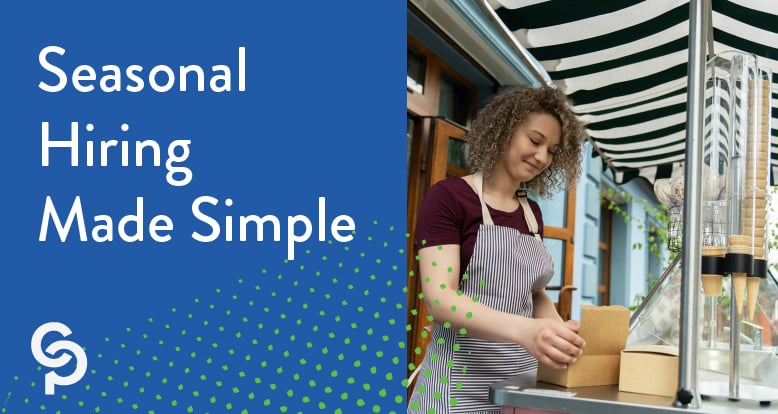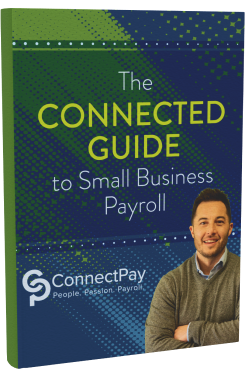What CPAs Should Know About Clients’ Seasonal Hiring and Payroll Needs

For many businesses, seasonal hiring isn’t optional. It’s a necessity. Whether it’s the holiday retail rush, summer tourism spikes, or harvest time, business owners routinely scale up their workforce to meet short-term demand. This seasonal surge comes with specific payroll, tax, and compliance complexities that CPAs need to anticipate and manage proactively.
Here’s what CPA firms need to know to support clients during peak hiring seasons and keep them out of trouble with the IRS.
Classification is critical: Employee vs. Contractor. When clients ramp up hiring, they may be tempted to cut corners by classifying seasonal help as independent contractors. It feels easier: no withholding, no unemployment taxes, no benefits. But misclassification can backfire fast. CPAs should remind clients that the IRS and Department of Labor use strict criteria to determine classification.
Onboarding and documentation must be tight. Seasonal doesn’t mean sloppy. CPAs should ensure clients are following proper onboarding processes for each new hire, including completed and signed W-4 forms, verified I-9s, correct state and local tax withholding forms, and an accurate recording of employee start dates and pay rates.
Pay frequency, overtime, and state labor laws. Labor laws don’t change just because an employee is temporary. Many seasonal workers are non-exempt, which means they’re entitled to overtime, meal breaks, and minimum wage protections. CPAs should help clients understand state-specific pay frequency rules, track overtime eligibility and hours, apply correct minimum wage rates (especially in cities with their own rules), and watch for final paycheck deadlines when a worker leaves.
Seasonal worker tax implications. Just because an employee is seasonal doesn’t mean they’re automatically exempt from tax withholding. CPAs should ensure federal, state, and local withholding is set up correctly, educate employees about what to expect on their year-end W-2s, and monitor whether any workers cross thresholds that trigger Affordable Care Act reporting requirements.
Seasonal unemployment insurance (SUI) costs. CPAs should guide clients in tracking the duration of seasonal hires, maintaining proper documentation when employees voluntarily quit to help reduce claims, and forecasting how staffing patterns may influence future tax rates. For example, if a surge of claims comes in from seasonal workers at the end of their employment, it can drive the SUI rate higher the following year.
W-2 and 1099 deadlines still apply. Even if seasonal work wraps up as early as September, W-2 and 1099 deadlines remain the same. CPAs can help clients prepare for the January deadlines by collecting accurate employee and contractor information well in advance, auditing year-to-date payroll reports, and using tools to catch missing Tax ID numbers or address errors.
Partnering with a third-party payroll provider. Many businesses turn to third-party providers to handle payroll, particularly during high-volume periods. However, CPAs should carefully review these outsourcing agreements to ensure that responsibility for tax filing is clearly defined, clients maintain access to payroll records, and providers are properly certified and bonded to minimize risk.
Seasonal hiring isn’t just a labor issue. It's also a financial, compliance, and strategic challenge. CPAs who grasp the full scope can become indispensable advisors, not just back-office accountants.






